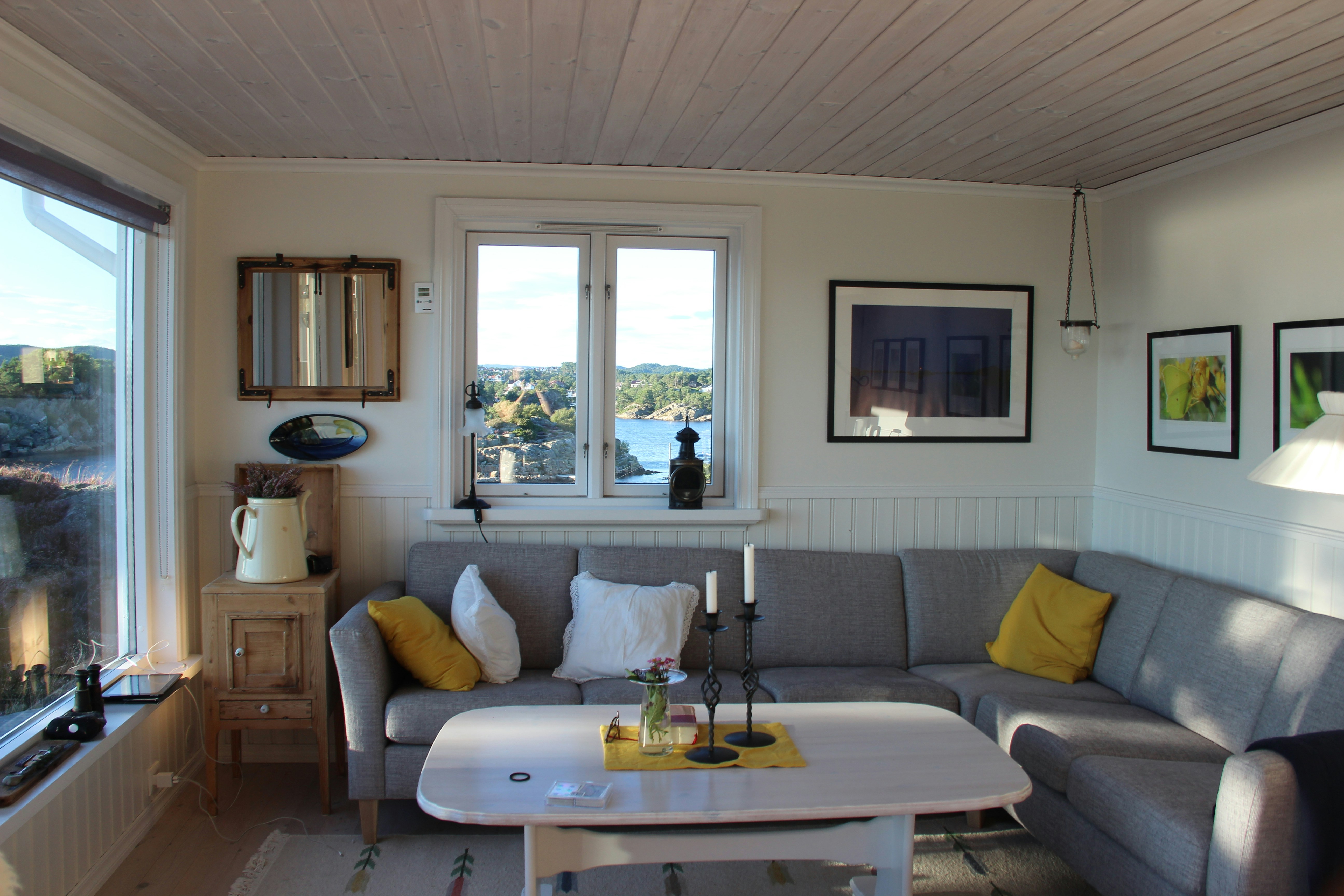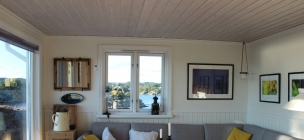Creating a Zen Space at Home
Oct 15, 2024 11:17

Have you ever felt overwhelmed by the chaos in your home? I certainly have. Over the years, I've realized the importance of creating a calming space to escape from the daily grind. There's something truly profound about having a Zen area to disconnect, reflect, and recharge. Allow me to share what has worked for me in transforming my home into a place of peace and tranquility.
The Power of Minimalism
Clutter is the enemy of serenity. By minimizing unnecessary items, you open up your environment to clearer paths and fresh air. When I went through my belongings, I was surprised at how much stuff I owned that I rarely used. I started by keeping only the things that sparked joy—a brilliant concept that helped me simplify my space.
When shopping for new furniture,Embrace simplicity in decor by opting for neutral tones and natural textures. Think of earth-toned cushions, soft rugs, and bamboo furniture if possible. The less intricate designs can lead to less visual stress. In my living room, I switched out bold patterns for plain fabrics, instantly feeling an upliftment in the space's atmosphere.
It's remarkable how the removal of unnecessary possessions can also transform your mindset. With fewer distractions, it's easier to focus on what's important. Minimalism encourages mindfulness, making you deliberate with what you choose to keep and highlight. This mindset allows you to create an environment that not only reflects outer simplicity but also cultivates inner peace.
In the journey of simplifying your home for a more Zen-like space, the materials you choose play a vital role. Opting for high-quality, natural stone surfaces can create a timeless and elegant look that complements minimalist designs. One such source for these materials is Superior Stone and Cabinet, where you can explore options to enhance your living environment with enduring materials.
Nature's Influence
Bringing elements of nature into your home is vital in creating a Zen space. Adding houseplants was my first step. Not only do they purify the air, but they also add a soothing green hue, providing a sense of life and vitality. Succulents and ferns work wonders for my area, requiring minimal maintenance but offering maximum benefits.
Consider incorporating wooden elements as well—perhaps a bamboo chair or a rustic wooden table. Natural materials offer a grounding effect and connect you to the organic world outside. I installed wooden shelves in my home office to carry this theme forward, emphasizing a seamless continuity of nature's presence.
Water features can also introduce a feeling of calmness and serenity. A small indoor fountain or aquarium with gentle water sounds can mimic nature's tranquility, bringing a balance between indoor living and the natural world. The presence of water instills a soft sense of fluidity, creating a barrier against the rush of everyday life.
Embrace Light and Space
Natural light has an undeniable impact on well-being. Make full use of windows to invite sunlight into your home. If privacy is a concern, try installing sheer curtains that allow light to seep through without compromising your comfort. A well-lit house is more inviting and feels more spacious. In my small apartment, repositioning furniture to maximize sunlight made a significant difference.
Try not to overcrowd rooms. Instead, let spaces breathe by arranging furniture thoughtfully to ensure easy movement and visual freedom. When I decluttered my rooms and rearranged furniture, I noticed a newfound sense of spaciousness and comfort.
Artificial lighting plays its part in nurturing a tranquil environment as well. Soft, warm lighting through lamps or candles can create a cozy atmosphere during evenings. As natural light fades, these substitutes can maintain the serenity you crave within your Zen space, contributing to an environment that remains soothing around the clock.
Prioritize Scent and Sound
Appealing to the senses of smell and sound enhances your Zen journey. Aromatherapy has become a staple for me; lighting a lavender candle or using eucalyptus essential oil sets the tone for deep relaxation after a long day. If you prefer a more natural route, fresh flowers or herbs like rosemary work just as well.
Equally important is creating a harmony of sound within your space. Whether it's a playlist of tranquil music or the meditative sounds of water, find what resonates with you. I personally added a small tabletop fountain, and the gentle trickling of water became both a soothing background noise and a visual delight.
Experimenting with different sounds can open a window to explore your personal tranquility trigger. While some find solace in the melodies of soft chimes, others may prefer the gentle whirr of a ceiling fan. Discovering what brings you calm through auditory measures is equally vital in designing your peaceful haven.
Mindful Personal Touches
Your Zen space should reflect who you are. Personalize your area with meaningful items that remind you of positive experiences and fond memories. Perhaps it's a framed photograph, artwork, or a simple artifact from a trip abroad. I decorated my corner with paintings my grandmother gave me, which breathed life and sentiment into the atmosphere.
However, balance is key. Too many personal and decorative items can easily tip the scale back into chaos, so wisely select only a few cherished pieces to enhance the ambiance.
Transitioning away from screens and digital clutter can also contribute to personal peace. Instead of a digital display, consider a simple wall clock or analog elements that lend character to your space. By consciously choosing what defines your surroundings, you center the area as a sanctuary divorced from the distractions of technology.
Wrapping Up
Creating a Zen space at home is about actively seeking tranquility through intentional choices. By cutting back on clutter, embracing natural elements, maximizing light, appealing to your senses, and adding personal touches, my home is now a sanctuary of peace. Remember, achieving Zen is less about perfection and more about making your environment a personal retreat—a space that genuinely feels like home.






































































